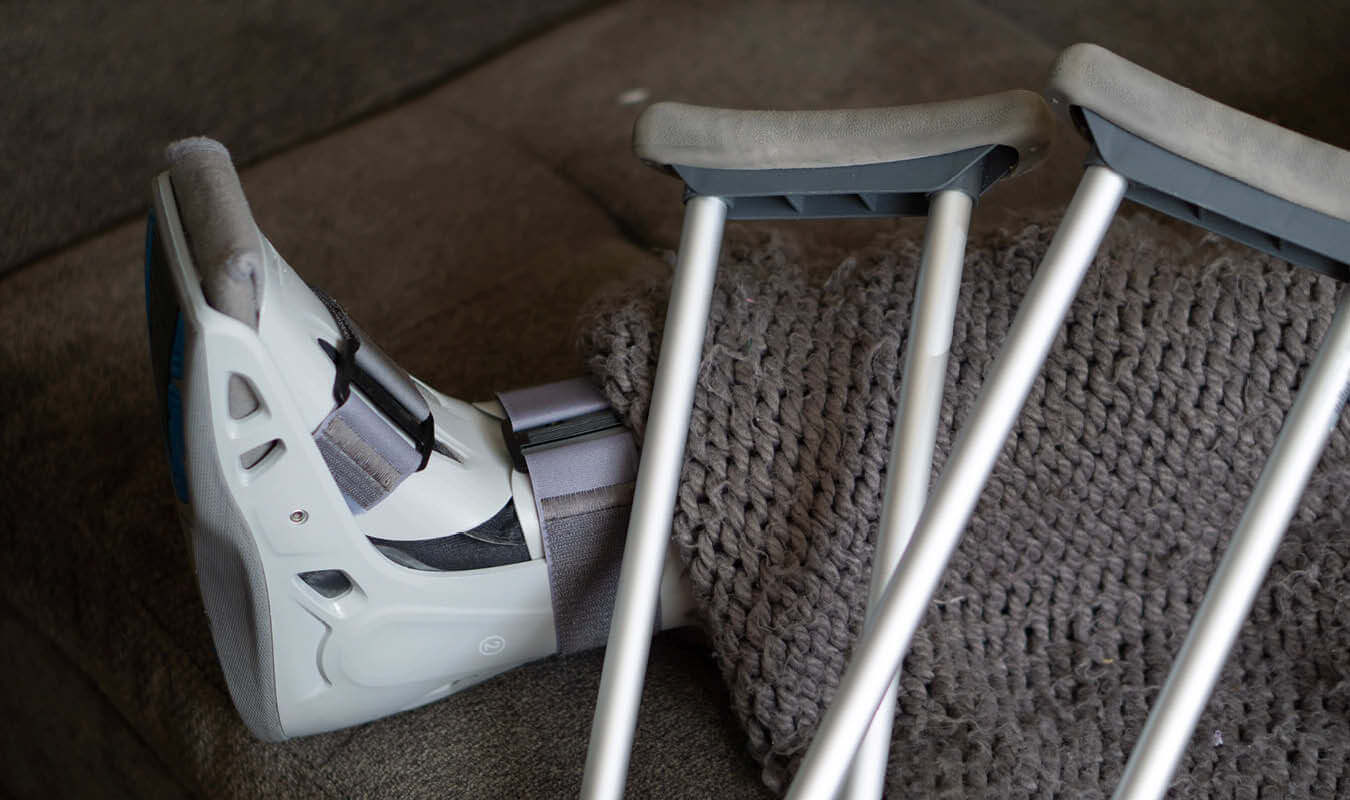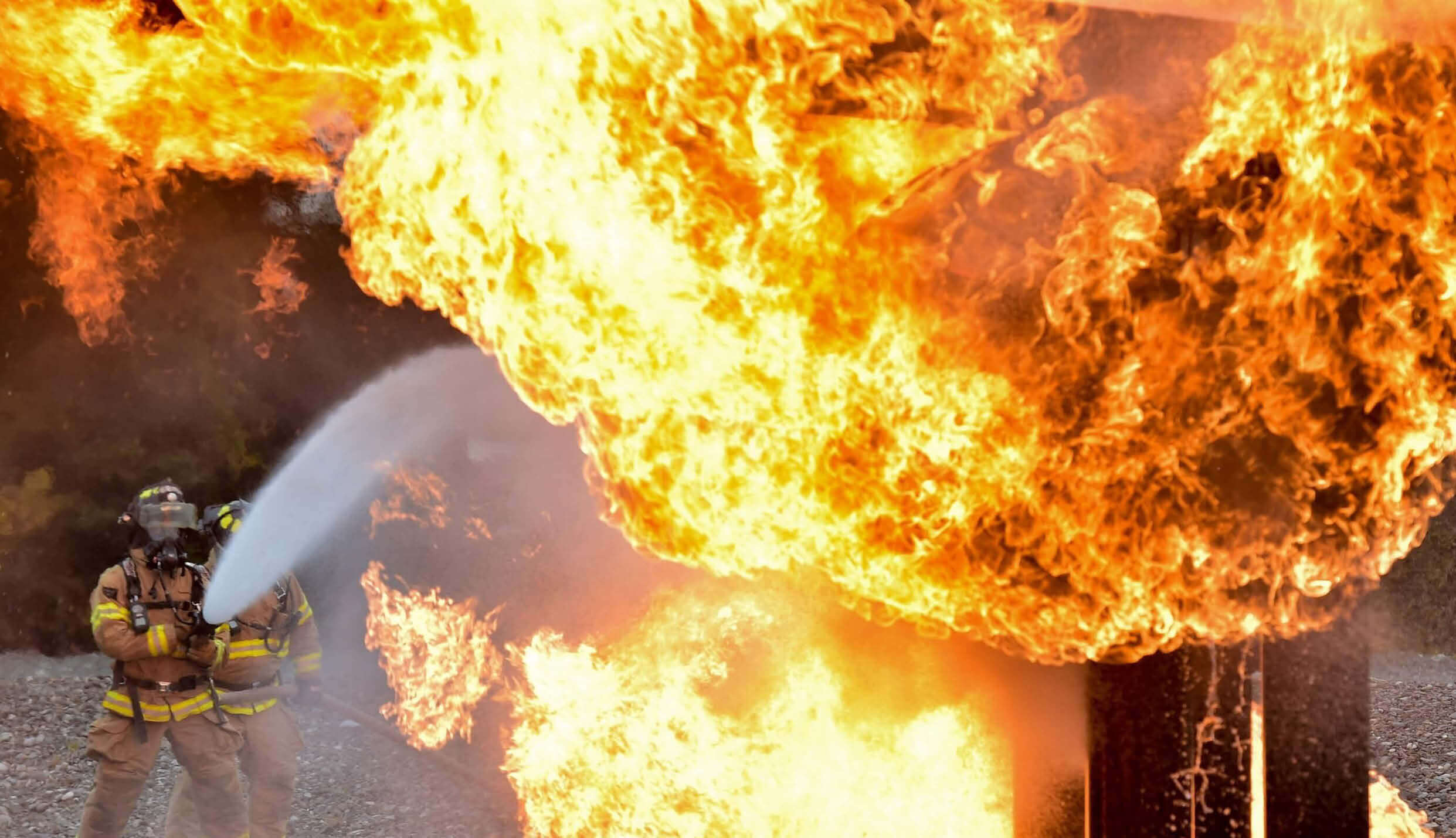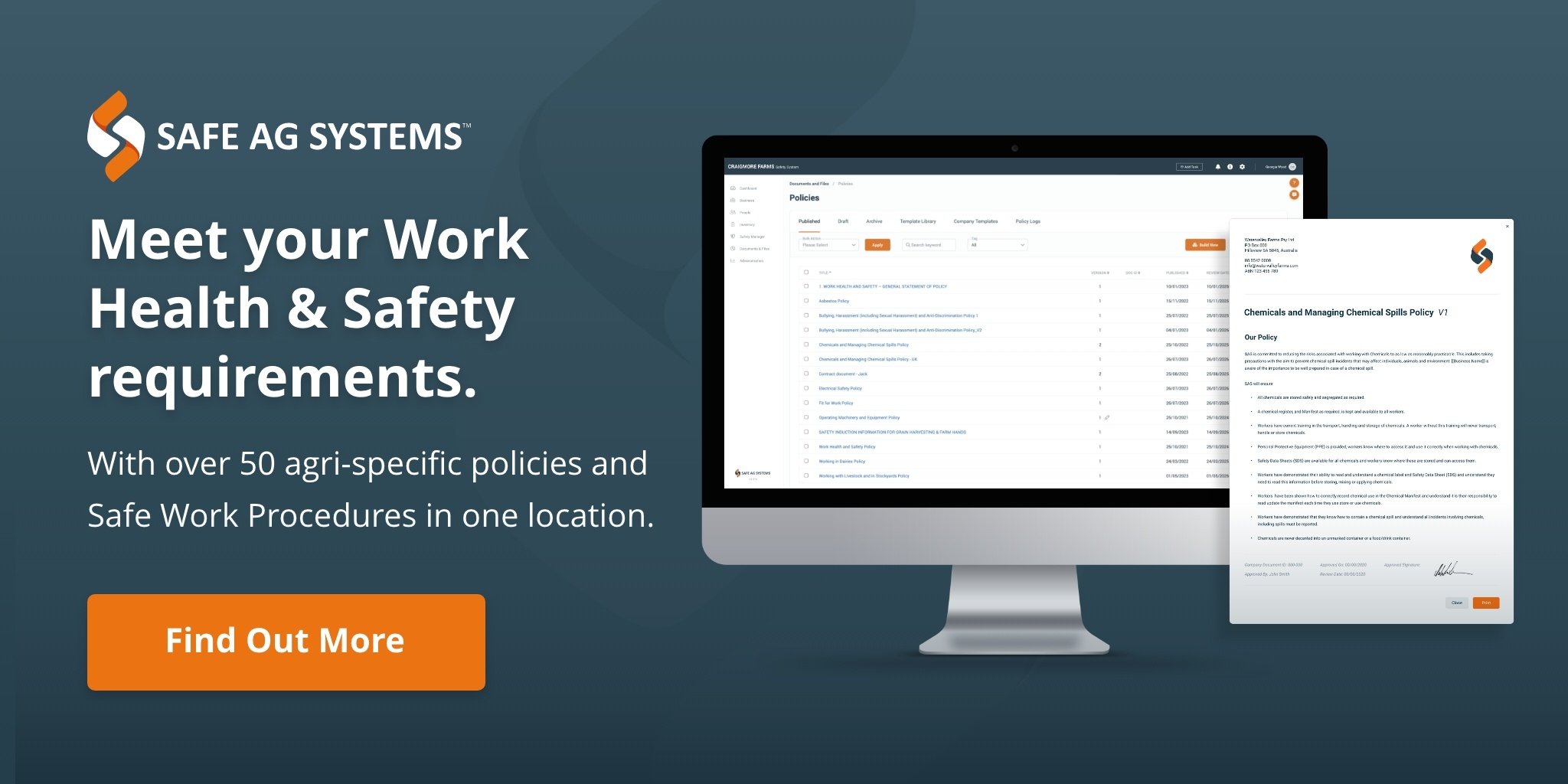RIDDOR stands for Reporting of Injuries, Diseases and Dangerous Occurrences Regulations 2013. What a mouthful! This regulation is utilised in the United Kingdom. Let’s look at what is RIDDOR, what do you need to do and what do you need to know.
Employers, self-employed and people in control of work premises are called ‘the responsible person’, and have a legal obligation to report certain work-related accidents under the Regulations. As soon as you become aware a work-related accident may be reportable under RIDDOR, you need to make the report.
What must be reported under RIDDOR:
- work-related accidents which cause death
- work-related accidents that cause certain serious injuries
- diagnosed cases of certain industrial diseases
- certain ‘dangerous occurrences’
So how do you know what to report? We’ll explore each of the components of RIDDOR in a little more detail to help explain things.
1. Let’s start with ‘work-related’.
Not every accident in the workplace is work-related. Here are the key things items that decide if the accident is work-related:
- the way the work was carried out
- any machinery, plant, substances or equipment used for the work, or
- the condition of the site or premises where the accident happened
If none of these factors contributed to the accident, then it may not be work-related and a report isn’t required. It is only physical injuries caused by a work-related accident which are reportable. Mental health issues do not fall in to this category, and are not one of the listed occupational diseases so do not have to be reported.

2. Injuries
There are 4 types of injury categories which must be reported.
Death – all deaths of workers and non-workers must be reported if they arise from a work-related accident, including physical violence.
Specified injuries – these include:
- a fracture, other than to fingers, thumbs and toes
- amputation of an arm, hand, finger, thumb, leg, foot or toe
- permanent loss of sight or reduction in sight
- crush injuries leading to internal organ damage
- serious burns covering 10% or more of the body, or which damage the eyes, respiratory system or other vital organs
- scalpings (separation of the skin from the head) which require hospital treatment
- unconsciousness caused by head injury or asphyxia
- any other injury arising from working in an enclosed space, which leads to hypothermia, heat-induced illness or requires resuscitation or admittance to hospital for more than 24 hours
Over-Seven-Day injuries to workers are where an employee or self-employed person is away from work or unable to perform their usual duties for more than 7 consecutive days. Day 1 is the day after the accident.
Injuries to people not at work are work-related accidents to members of the public if they are injured and are taken from the scene of the accident to hospital for treatment of the injury. The injury need not be traumatic. It can be minor, such as an abrasion or small cut. Being taking to hospital as a precaution when no injury is apparent is not reportable.
3. Diseases
Certain diagnosed occupational diseases must be reported where they are likely to have been caused or made worse by work. These include:
- carpal tunnel syndrome
- severe cramp of the hand or forearm
- occupational dermatitis
- hand-arm vibration syndrome
- occupational asthma
- tendonitis or tenosynovitis of the hand or forearm
- any occupational cancer
- any disease attributable to occupational exposure to a biological agent (e.g. Hendra virus, avian influenza, Q-fever etc. from working with animals)

4. Dangerous Occurrences
Dangerous occurrences are certain near-miss events (incidents with the potential to cause harm). There are 27 different occurrences, many of which are relevant to agriculture and some not so much. Those most likely relevant to farming include:
- Lifting equipment – collapse, overturn or failure of any load-bearing part (e.g. a forklift truck tips on its side)
- Pressure system – any failure (other than a pipeline) which could cause death (e.g. an air compressor valve bursts)
- Overhead power lines – direct contact or close proximity causing electrical discharge (e.g. the auger of a combine harvester gets close enough to overhead power lines to cause an arc)
- Electrical incidents causing explosion or fire – if a short circuit or overload results in the plant being unusable for 24 hours, or causes significant risk of death (e.g. plugging a power tool in to a socket which overloads the circuit, resulting in a fire of the electrical switchboard which shuts a workshop down for more than 24 hours while it’s repaired)
- Explosives – unintentional fire, explosion or ignition, misfire, injury caused, or projection of material beyond the danger zone (e.g. when clearing large rocks from land and the explosive misfired)
- Biological agents – any release or potential release of biological agents (e.g. Hendra virus)
- Breathing apparatus – any malfunction which does or could cause significant risk to health and safety (e.g. if used in confined space entry)
- Collapse of scaffolding – complete or partial collapse of scaffold more than 5 metres in height, working platform falling from a slung or suspended scaffold, or any scaffold collapse that creates a significant risk of a person drowning if they fall from the scaffold (e.g. scaffolding used to reach the roof ridge-cap of a shed partially collapses)
- Structural collapse – unintentional collapse (full or partial) of any structure involving a fall of more than 5 tonnes of material, any floor or wall of a workplace, any falsework (e.g. a barn collapse after a storm)
- Explosion or fire – unintentional fire or explosion resulting in stoppage for more than 24 hours (e.g. a combine harvester catches fire and shuts down harvest for a few days)
- Release of flammable liquids and gases – sudden, unintentional and uncontrolled release of large volumes (e.g. 500kg of a gas in the open air)
- Hazardous escape of substances – unintentional release or escape of any substance which could cause injury other than via combustion of flammable liquids or gases (e.g. Revysol is spilled)

Phew – that’s a lot of information!
It’s important to understand what you may need to report, and how to report. Remember, only ‘responsible persons’ should submit reports under RIDDOR. Reporting is easy and should be done online, with different links for reporting an injury, dangerous occurrence, case of a disease, flammable gas incident or dangerous gas fitting.
For reporting a fatality or specified incident only, and you are located in the UK, telephone the HSE Incident Contact Centre on 0345 300 9923. The Centre is open Monday – Friday 8.30am – 5pm. In certain circumstances HSE may need to respond out of hours. These include:
- following a work-related death
- following a serious incident where there have been multiple casualties
- following an incident which has caused major disruption such as evacuation of people, closure of roads, large numbers of people going to hospital etc.
If an incident fits any of these descriptions, ring the duty officer in the UK on 0151 922 9235.
Best practice for any UK agribusiness is to have a policy for RIDDOR, including nominating who will contact HSE in the event of a work-related accident.
To find out more about RIDDOR go to https://www.hse.gov.uk/riddor/index.htm
Topics: Safety Management System
Disclaimer: Content on this website may be of relevance to users outside of United Kingdom, but content links and examples are specific to the UK. Please check with your local authority for your country and industry requirements.











